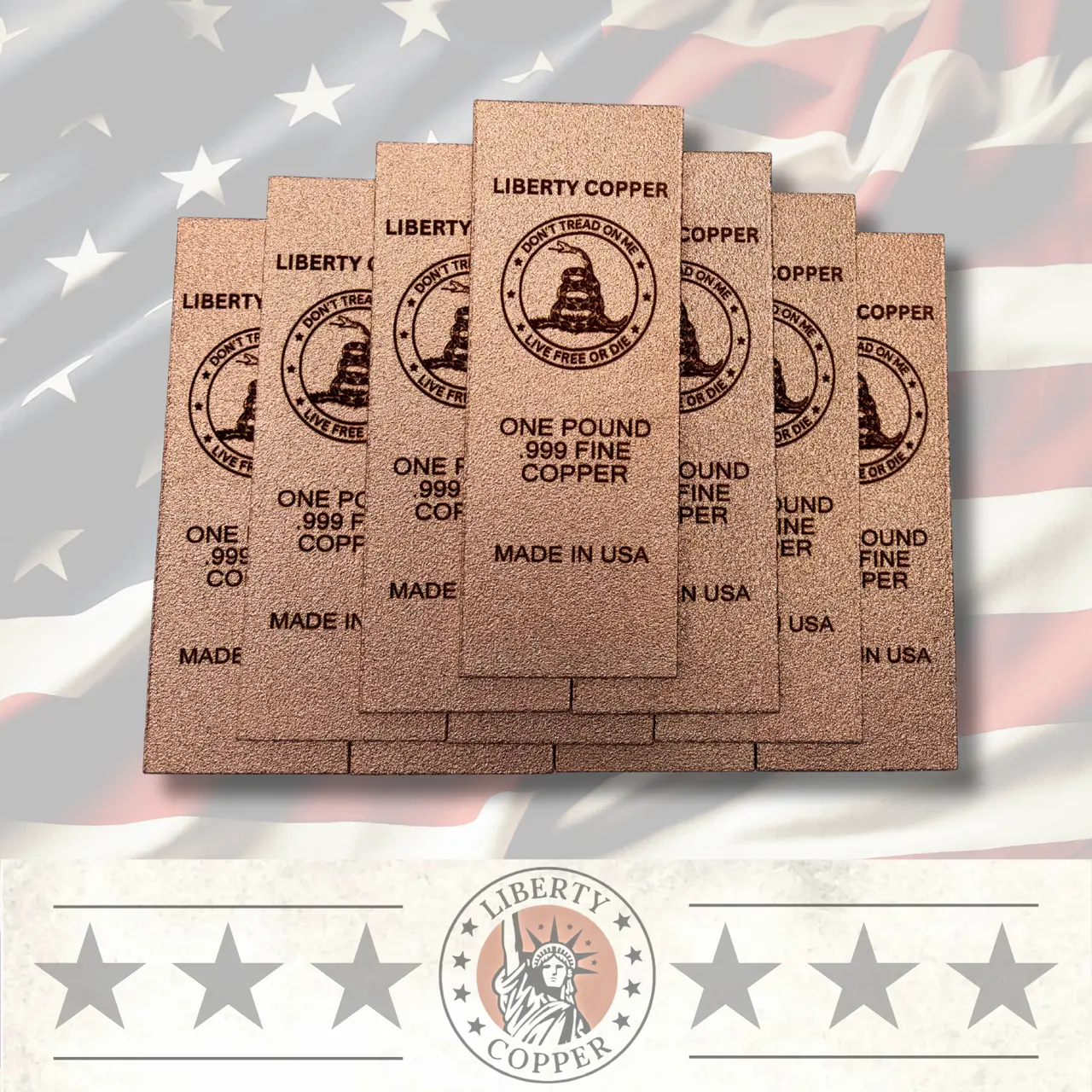Copper is a beautiful and versatile metal that adds a touch of elegance to any collection. However, to maintain its luster and ensure its longevity, proper care and storage are essential. Whether you have inherited a family heirloom or have a growing collection of contemporary pieces, knowing how to care for your copper items will keep them in pristine condition for years to come.
Understanding Copper and Its Unique Properties
Copper is known for its vibrant color and durability, but it’s also prone to tarnishing. Understanding the metal’s properties can help you take better care of it and prevent common issues. When copper reacts with oxygen, particularly in humid environments, it forms a layer of copper oxide, which appears as a dull brown or greenish surface known as a patina. This natural process gives your copper a distinct character but may not always be desirable if you’re aiming for a gleaming finish. Furthermore, the metal’s excellent thermal and electrical conductivity makes it a popular choice in various applications, from cookware to decorative items.
To ensure your copper items retain their appeal, it’s important to understand factors contributing to tarnish. Environmental elements such as air quality, direct sunlight, and moisture levels can hasten the oxidation process. Exposure to sulfur compounds, commonly found in pollution or certain household chemicals, accelerates this patina development. Distilling these fundamentals allows collectors and enthusiasts to strategize care and storage around these variables — aiming to find a balance between preserving patina as desired or maintaining a polished sheen.
Regular Cleaning Methods for Copper Items
To keep your copper collection shiny, regular cleaning is vital. Explore safe and effective cleaning methods that suit different types of copper items, ensuring they remain spotless and tarnish-free. One accessible option involves combining everyday ingredients like salt, vinegar, and flour into a paste. Simply apply this mixture to your tarnished copper, buff with a soft cloth, and witness the shine return almost magically. Alternatively, many have discovered that using citrus fruits, such as lemons or limes, offers a natural method to remove tarnish. The citric acid works wonders and leaves behind a refreshing scent.
For those seeking commercial solutions, specific copper cleaners are available that aid both in cleaning and preserving sheen. Before diving into cleaning efforts though, consider how often the items are used and the conditions they face. Jewelry worn frequently or kitchenware exposed to cooking oils may require more regular attention than decorative items displayed in a controlled environment. Understanding your collection’s usage context will help time cleaning efforts effectively—avoiding over-polishing, which can lead to thinning of the metal surface over prolonged periods.
Polishing Techniques to Restore Shine
Learn how to polish copper items using both natural and commercial products. With the right technique, you can restore the original shine and sparkle of your collection pieces. For a natural approach, you might consider using a cloth doused in olive oil, which provides gentle polishing while reducing excessive abrasion on the metal surface. Olive oil not only revitalizes the sheen but creates a protective barrier, delaying further oxidation processes.
Alternatively, Unlock the Secret to Shiny Copper Using These Simple Tricks offers insights on specialized paste products, available at most hardware or craft stores. These formulations typically pair mild abrasives with chemical compounds tailored to lift oxidation effectively without altering the base copper’s integrity. It’s always beneficial to conduct a spot test before full application—ensuring compatibility particularly if the item has any additional finishes or fragile components.
Copper polish techniques can sometimes be enhanced by giving a final rinse with distilled water, reducing potential mineral deposits left by tap water that might dull the achieved finish. Always use a soft, non-abrasive cloth or chamois for both application and drying, and whenever possible, avoid air drying as the remaining moisture can lead to water spots.
Preventing Tarnish and Corrosion
Discover strategies to keep tarnish and corrosion at bay. Understand how environmental factors like humidity can affect your copper collection and how to mitigate these effects. One effective method involves utilizing silica gel packets or anti-tarnish strips that can be placed within the storage area. These absorptive materials reduce moisture and volatile compounds in the air directly surrounding your copper, significantly slowing the tarnishing process.
For items displayed openly, applying a thin layer of clear lacquer can act as a physical barrier between the copper surface and its environment. However, it’s essential to note that lacquer may change the overall aesthetic, giving the copper a glossier appearance. Therefore, it’s important to decide if this trade-off aligns with the collection’s desired look and feel.
When opting for more traditional protection, consider well-ventilated display cases or cabinets lined with untreated woods. These environments minimize pollutants while allowing the temperature and humidity to be controlled more effectively, reducing drastic alterations that might otherwise compromise your collection’s condition.
Ideal Storage Conditions for Longevity
Proper storage is crucial for maintaining the quality of your copper collection. Find out the best practices for storing your items, including temperature, humidity, and placement considerations. Copper, much like other delicate metals, thrives in stable conditions where humidity and temperature swings are minimal. It’s advised to maintain a relative humidity of around 40% to 60% and a temperature near room level. If possible, keeping the collection in a temperature-regulated safe or dry room can have long-term benefits.
Considerations like keeping copper away from direct sunlight and sources of heat will further support the prevention of unwanted oxidation and tarnish. Beyond environmental controls, implementing practical organizing methods can aid in protecting the integrity of your collection. Using non-abrasive separators, such as acid-free tissue paper between items, minimizes the chance of scratches or disfiguration due to metal-on-metal contact.
Handling Your Copper Collection with Care
Handling copper pieces gently can prevent scratches and damage. Discover tips on how to safely move and display your collection to minimize wear and tear. Always handle copper using clean, dry hands; the natural oils from our skin can speed up the tarnishing process. Gloves offer an added layer of protection when moving larger or notably valuable pieces.
When organizing or displaying collection items, try to avoid stacking which may lead to weight stress and physical damage. Employ padded display boards or stands that can distribute weight evenly, alleviating pressure on specific points of contact. Additionally, rotating display pieces regularly prevents prolonged exposure to light and air circulation differences, ensuring that all parts of your collection age evenly over time.
Preserve Your Copper’s Timeless Beauty
Caring for and storing your copper collection doesn’t have to be complicated. By following these simple guidelines, you can preserve the beauty and elegance of your copper pieces, ensuring they remain a dazzling part of your collection for generations. Remember, a little care goes a long way in maintaining the timeless appeal of this cherished metal.



